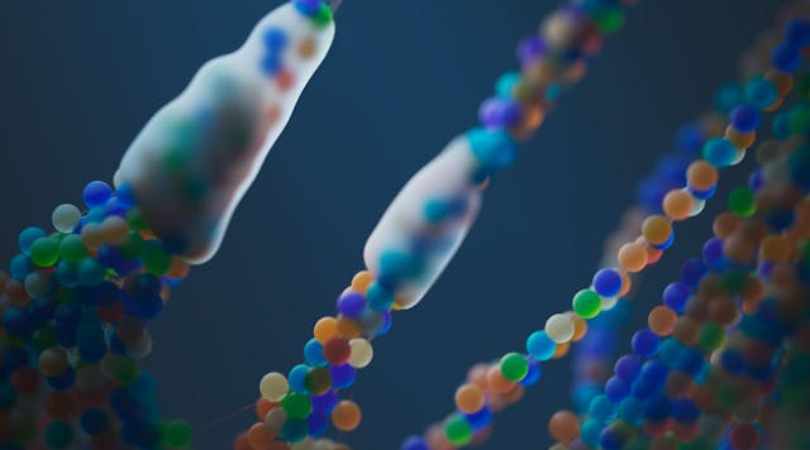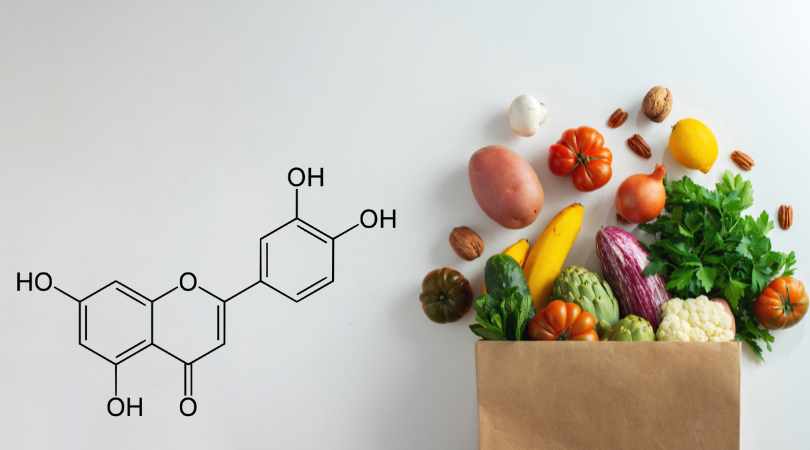Scientists have successfully restored the lost uricase enzyme, a key breakthrough in combating fructose-induced fat formation. This discovery offers new hope for preventing obesity and metabolic disorders by targeting how the body processes sugar and stores fat.
Limited Quantities Available! Order Today and Enjoy Free Shipping on Orders Over $100!
Natural Energy Hacks: 10 Proven Ways to Boost Stamina and Fight Fatigue Without Stimulants

Feeling drained and sluggish throughout the day? You’re not alone. Many people rely on caffeine, sugar, or energy drinks for a quick pick-me-up, only to experience a crash later. The good news is that there are natural, science-backed ways to sustain energy levels and boost stamina without resorting to stimulants. Let’s explore 10 effective strategies to keep you energized all day long.
1. Optimize Hydration for Steady Energy
Dehydration can lead to fatigue, brain fog, and sluggishness. Even mild dehydration (as little as 2% loss of body weight in fluids) can impact energy levels. Start your day with a glass of water and aim for steady hydration throughout the day. Adding electrolytes, such as magnesium and potassium, can further enhance hydration and endurance, particularly if you sweat heavily.
2. Balance Blood Sugar with Smart Nutrition

Fluctuating blood sugar levels can lead to energy crashes. To avoid this, focus on meals rich in protein, healthy fats, and fiber while minimizing processed carbs and sugar. Opt for slow-digesting carbohydrates like sweet potatoes, quinoa, or legumes to provide sustained energy without spikes and crashes.
3. Improve Mitochondrial Health
Your mitochondria are your body’s energy powerhouses. When they function optimally, you feel more energetic. Mitochondrial dysfunction is often linked to chronic fatigue, metabolic disorders, and decreased stamina. Supporting these cellular engines can make a significant difference in your energy levels. Nutrients like CoQ10, alpha-lipoic acid, and L-carnitine help fuel energy production at the cellular level. Additionally, avoiding excessive fructose intake is crucial, as fructose metabolism has been shown to impair mitochondrial efficiency, leading to sluggishness and low stamina. Addressing this root cause can restore optimal cellular energy production.
4. Move More, But Smartly
While intense exercise can temporarily tire you out, regular movement enhances stamina and energy. Activities like walking, yoga, and strength training improve circulation and oxygen delivery, which reduces fatigue. If you feel sluggish, try a short walk or dynamic stretching session to boost your energy instantly.
5. Enhance Oxygen Uptake with Breathwork
Breathing techniques like diaphragmatic breathing, alternate nostril breathing, and the Wim Hof Method can improve oxygenation, reduce stress, and boost endurance. Practicing deep breathing daily can significantly enhance energy levels by increasing oxygen flow to the brain and muscles.
6. Get Better Sleep Quality
Poor sleep is one of the biggest culprits of chronic fatigue. To maximize sleep quality, keep a consistent bedtime, reduce blue light exposure in the evening, and optimize your bedroom environment by keeping it cool and dark. If you wake up groggy, consider adjusting your sleep schedule to align with your natural circadian rhythm.
7. Harness the Power of Adaptogens
Adaptogenic herbs like Rhodiola Rosea, Ashwagandha, and Ginseng help combat stress and fatigue while enhancing stamina. These natural compounds regulate cortisol levels and improve resilience, keeping your energy steady throughout the day.
8. Use Cold Exposure for an Energy Boost
Cold showers or ice baths may sound intimidating, but they can provide an immediate jolt of energy. Exposure to cold activates brown fat, increases circulation, and stimulates dopamine release, leaving you feeling more alert and refreshed.
9. Improve Gut Health for Sustained Energy

A healthy gut microbiome plays a key role in energy metabolism. Poor digestion and gut inflammation can lead to fatigue. Support gut health by eating fermented foods, reducing processed foods, and consuming fiber-rich vegetables to maintain balanced energy levels.
10. Avoid Fructose Overload to Prevent Energy Slumps
As mentioned earlier, fructose metabolism can contribute to mitochondrial dysfunction, leading to sluggishness and low stamina. Excess fructose is converted into fat in the liver, disrupting energy balance and increasing oxidative stress. Reducing processed sugar and high-fructose foods can prevent unnecessary energy dips. Natural fructose inhibitors like Luteolin, found in LIV3’s Sugarshield, can help mitigate the effects of fructose on energy metabolism, ensuring that your mitochondria function optimally and provide sustained energy throughout the day.
Conclusion
Boosting energy naturally is about making sustainable lifestyle choices that support your body’s intrinsic ability to generate vitality. By focusing on hydration, nutrition, sleep, movement, and stress management, you can maintain high energy levels without needing stimulants. Addressing mitochondrial function and fructose metabolism can provide a foundational fix for fatigue, helping you feel more energized and resilient every day. Try implementing these natural energy hacks and experience the difference in your stamina and overall well-being!
Disclaimer: The information in this blog reflects personal opinions, experiences, and emerging research. It is not intended as medical or professional advice and should not replace consultation with qualified professionals. The accuracy of this content is not guaranteed. Always seek guidance from a licensed expert before making any health-related decisions.


Chris | 🔬 Founder of LIV3 Health
⚡ A keen researcher dedicated to uncovering the root causes of metabolic dysfunction, the key driver of chronic conditions behind 70% of global deaths. His findings led to science-backed, natural solutions designed to inhibit fructose metabolism.
📢 Follow me on Reddit for insights on metabolic health and the future of wellness! -






